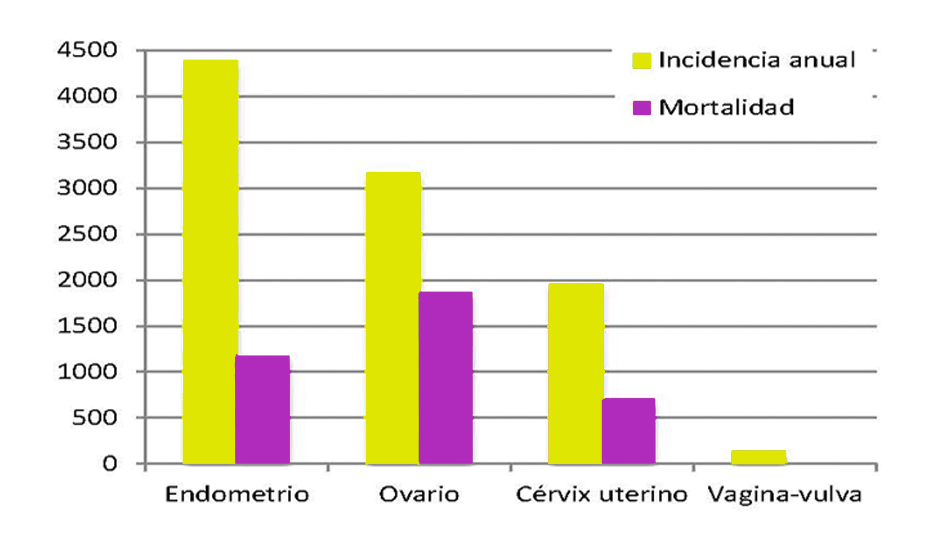


In the US, cancer is the leading cause of death in midlife and may soon become the leading cause of death overall as the number of people diagnosed with and dying from cancer continues to increase (1,2). A greater emphasis on cancer risk reduction is needed to counter these trends. Cancers with the largest projected absolute increase include female breast, colon and rectum, and prostate.īy 2050, we predict the total number of incident cases to increase by almost 50% as a result of the growth and aging of the US population. Because of the growth and aging of the US population, we predict that the annual number of cancer cases will increase 49%, from 1,534,500 in 2015 to 2,286,300 in 2050, with the largest percentage increase among adults aged ≥75 years. Cancers with the largest change in risk include a 34% reduction for lung and bronchus and a 32% increase for corpus uterine (32%). We used age, period, and cohort models to inform projections.īetween 20, we predict the overall age-standardized incidence rate (proxy for population risk for being diagnosed with cancer) to stabilize in women (1%) and decrease in men (−9%). We used data from the Surveillance, Epidemiology, and End Results Program and the US Census Bureau to estimate average, annual, age-standardized cancer incidence rates and case counts (for all sites combined and top 22 invasive cancers) in the US for 2015 and to project cancer rates and counts to 2050. Projecting cancer incidence can help the cancer control community plan and evaluate prevention strategies aimed at reducing the growing number of cancer cases. The number of adults entering the age groups at greatest risk for being diagnosed with cancer is increasing. Projecting cancer cases can help the public health community plan and evaluate community intervention strategies aimed at reducing the growing number of cancer cases by reducing cancer risk across the lifespan. What are the implications for public health practice? The largest increase is anticipated in adults aged ≥75 years. The graphs presented in this paper may be used as an aid in clinical decision making and in patient counselling.In the United States, the number of adults entering the age groups at greatest risk for being diagnosed with cancer is increasing.īetween 20, we predict the total number of cancer cases to increase by almost 50% as a result of the growth and aging of the US population. The strengths and weaknesses of this method are discussed. The paper illustrates the importance of competing mortal hazard from other causes on absolute cancer risk. A graph for lung cancer in men that uses a plausible exponential hazards model is also provided. They are derived under the proportional hazards model. These graphs provide the probability of developing cancer in the next twenty years given the patient's current age and relative risk. Graphs for breast cancer morbidity in women, cardiovascular mortality in men, and lung cancer morbidity in men illustrate the method. These absolute risk estimates are a function of the patient's current age, the patient's risk of developing cancer relative to some baseline population, the age specific cancer hazard in the baseline population, and the patient's competing mortal risk from all other causes. This paper presents a graphical method for converting relative risks to absolute risks.


 0 kommentar(er)
0 kommentar(er)
